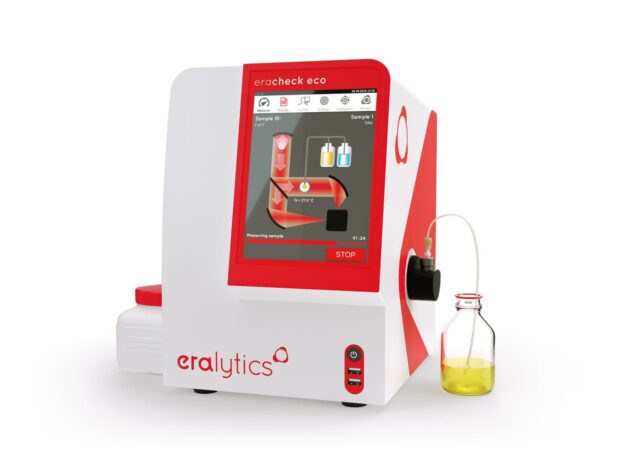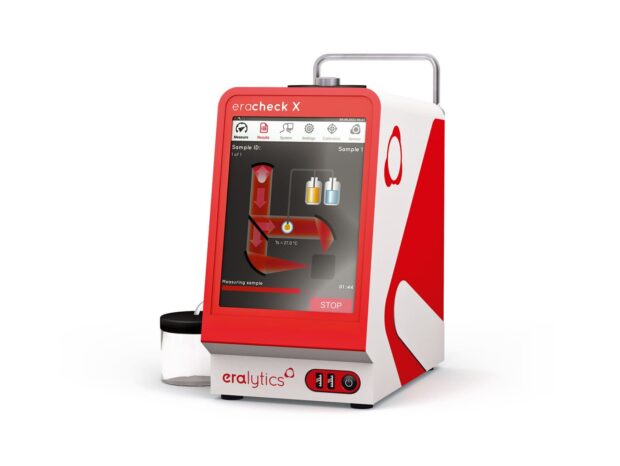The ASTM D3921 is a standard test method for Oil and Grease and Petroleum Hydrocarbons in Water.
Get more information about the standard at ASTM D3921-96(2011)
ASTM D3921-96(2011), titled Standard Test Method for Oil and Grease and Petroleum Hydrocarbons in Water, was a widely used procedure for measuring the concentration of oil, grease, and petroleum hydrocarbons in water samples. The method provided essential data for environmental monitoring, wastewater treatment, and industrial discharge control. It was officially withdrawn in 2013, due to advancements in alternative test methods that offered compliance with modern environmental regulations.
Although ASTM D3921 does not have an official replacement, the standard ASTM D8193 offers a modern alterative for oil in water testing employing IR spectroscopy an eco-friendly solvent.
Details ASTM D3921-96(2011)
The ASTM D3921 test method focused on determining the amount of oil and grease (O&G) and petroleum hydrocarbons in water using a solvent extraction and infrared spectroscopy. This method was primarily used to monitor water pollution, assess compliance with regulatory discharge limits, and evaluate industrial effluent treatment efficiency. Its withdrawal was due to the environmental concerns surrounding Freon-113 (a chlorofluorocarbon) and was largely replaced by the gravimetrical method EPA 1664.
Industries and Applications
Before its withdrawal, ASTM D3921 was widely used in:
- Environmental Monitoring: Government agencies and environmental laboratories used this method to assess water pollution and regulatory compliance
- Oil and Gas Industry: Refineries and offshore platforms employed it to monitor wastewater and produced water discharges
- Industrial Wastewater Treatment: Manufacturing and chemical industries used the method to evaluate the efficiency of their wastewater treatment systems
- Municipal Water Treatment: Ensured compliance with discharge regulations for municipal wastewater facilities
- Marine and Shipping Industry: Used to analyze bilge water and ensure compliance with international maritime pollution standards
Although ASTM D3921-96(2011) was a valuable method for determining oil, grease, and petroleum hydrocarbons in water, it was withdrawn in 2013 due to environmental concerns and the development of more advanced, eco-friendly alternatives. Despite its discontinuation, the principles of solvent extraction and gravimetric analysis continue to influence modern water quality testing methodologies.

